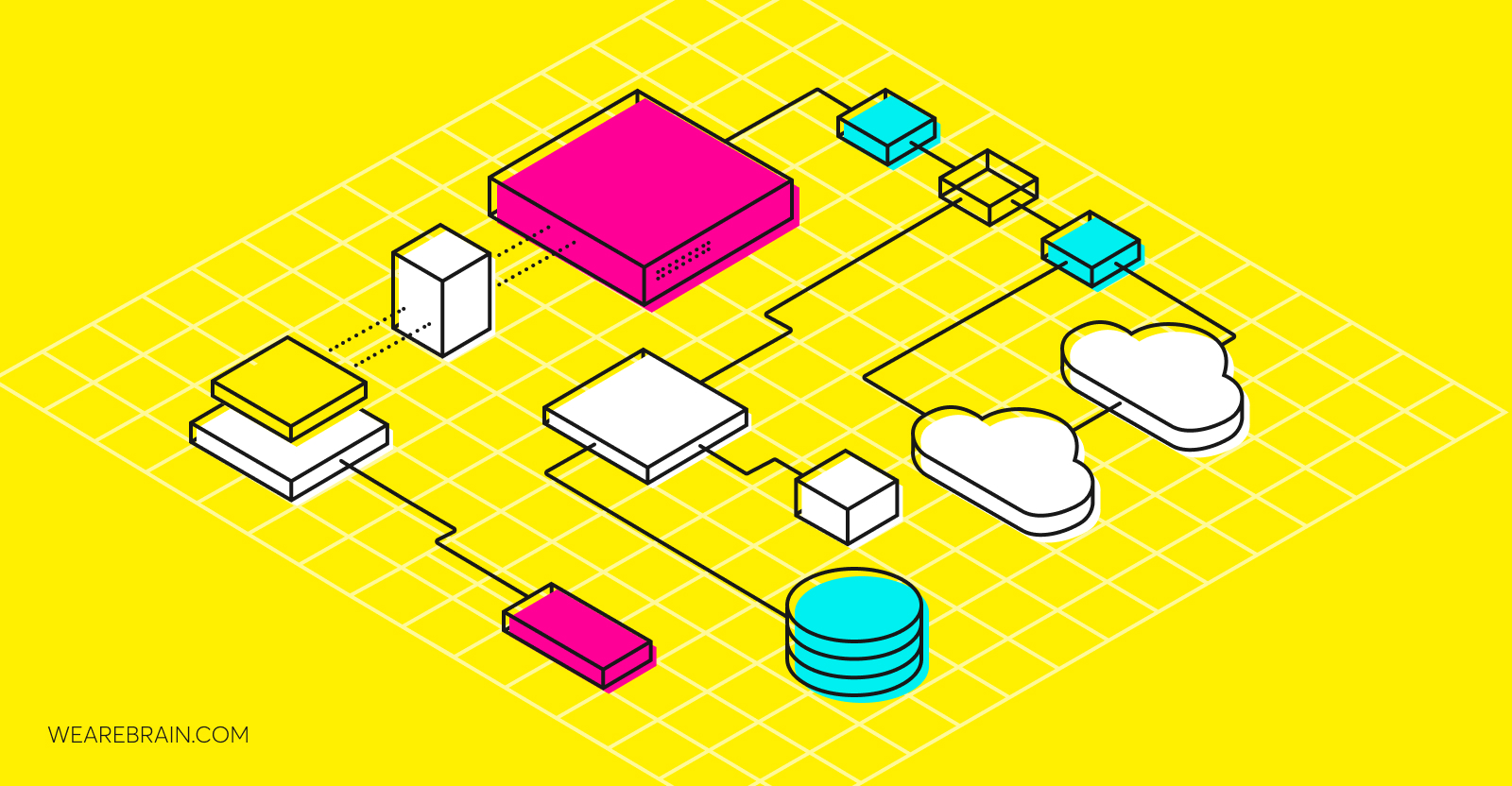How to consolidate your e-commerce tech stack

For businesses wanting to make a significant impact in the market, it is crucial to leverage the plethora of available digital technologies enabling seamless interoperability between the front and backend.
This goes for startups and already established businesses alike: in order to best serve online customers at every digital touchpoint, powering your e-commerce website with a robust tech stack is the only way to stay on top of business processes, deliver on customer expectations, and remain competitive.
Consolidating your e-commerce tech stack
It is important to realise that although equipping your e-commerce website with a dynamic tech stack is key to enhancing customer experience, it is only part of it.
Deciding on what to include in your tech stack depends on your business strategy and objectives. Simply adding all the latest features and plugins will lead to bloat, slower load speeds, and frustrated customers. But most importantly, it will only serve to cloud your business objectives rather than enable them.
Below is a list of business areas where you should look to upgrade your e-commerce tech stack. Whether you are a B2B or B2C business, these features will best serve your business operations and customers, which will result in a successful enterprise.
1. Customer-facing capabilities
Technology has evolved customers into digitally savvy and discerning buyers who expect their needs to be met quickly and simply. Both B2C customers and B2B buyers alike expect personalised, seamless digital interactions.
This means including technologies that boost responsiveness, load speed and make navigation easy to follow and intuitive: you want visitors to quickly be able to achieve their objectives. You want to include technologies that matter most to your target audience and that can operate with other sites, such as social media platforms.
2. Data-related technologies
Leveraging insights gathered from data is essential. After all, it shows where you are going right or wrong. E-commerce businesses must be able to gather data from their own website and also from outside sources.
Data analytics helps to gather deep insight into customers, from their purchasing habits to their motivations, which help you to provide solutions for their needs. It helps create audience profiles based on our wider customer base which means you are able to anticipate customer buying trends.
3. Automation technologies
Automation is key to driving operational efficiency within your business processes. Technologies such as Robotic Process Automation (RPA) are quickly becoming standard in businesses and organisations across the board due to their efficiency, accuracy, and promise of profit.
RPA also enhances user experience as it provides accurate data and allows self-service capabilities with greater efficiency.
4. Customer journey orchestration engine software
Creating the best possible customer journey is the cornerstone of e-commerce. If you fail in this regard, your business will most likely fail so it is important to get this right. Thankfully, there are numerous tools that help e-commerce businesses analyse customer data and system performance in real-time.
Using predictive modelling and Machine Learning (ML) technologies, you can predict customer behaviour and future interactions in order to recommend items and provide a personalised buying experience.
5. Augmented Reality (AR)
AR may seem like a luxury at this point, but it will soon become pervasive and thus standard for e-commerce businesses. AR serves one crucial aspect of e-commerce: the customer experience.
AR helps to create engaging and exciting ways for customers to interact with your products and brand. It enhances your 2D website into the 3D realm and is the most attractive way to bring your products to life.
6. Artificial Intelligence (AI)
Personalised shopping experiences hinge on the capabilities of AI, without it there would be no e-commerce in the first place. AI threads everything together to create the most engaging and customised user experiences based on the data it gathers.
Algorithms are used to collect and leverage user data to recommend products based on their purchasing habits creating a seamless and enjoyable user experience. AI-powered voice search technologies also assist in ease of access for customers, creating more ways for customers to interact with your website.
7. Back-end systems
In order to best utilise all the technologies of your e-commerce tech stack, it is paramount that your back-end IT infrastructure and architecture are able to handle the load.
You will need to move away from legacy systems in favour of new technologies that can support your tech stack, such as cloud computing and SaaS tools. Additionally, APIs and microservices will assist in speed, agility and scalability. Getting the right technical team to enable these changes is vital.
Bringing it all together
Successful e-commerce businesses leverage digital technologies in all of these categories. However, the challenge is making them work in unison to offer an optimal user experience while at the same time keeping an eye on cost.
It is crucial to ascertain the various interoperability dynamics of the various solutions. Some technologies may run in direct collision with others in terms of objectives, while others may undermine the functionality of others entirely. Again, it is important to identify which solutions best serve your objectives and business model.
Additionally, it is important to keep in mind the scalability and maturity of your selected solution vendors. Be sure to keep an eye on how they grow as you want to align your business with vendors who are able to scale with you.
Trust the specialists
Does your business need help consolidating your e-commerce tech stack? We’ve helped multiple SMEs and global enterprises digitally transform and leverage digital technologies to drive business growth. We’ve even written a book about it.
Get in touch to see how we can help your e-commerce business make a meaningful impact.
Mario Grunitz
Working Machines
An executive’s guide to AI and Intelligent Automation. Working Machines takes a look at how the renewed vigour for the development of Artificial Intelligence and Intelligent Automation technology has begun to change how businesses operate.







